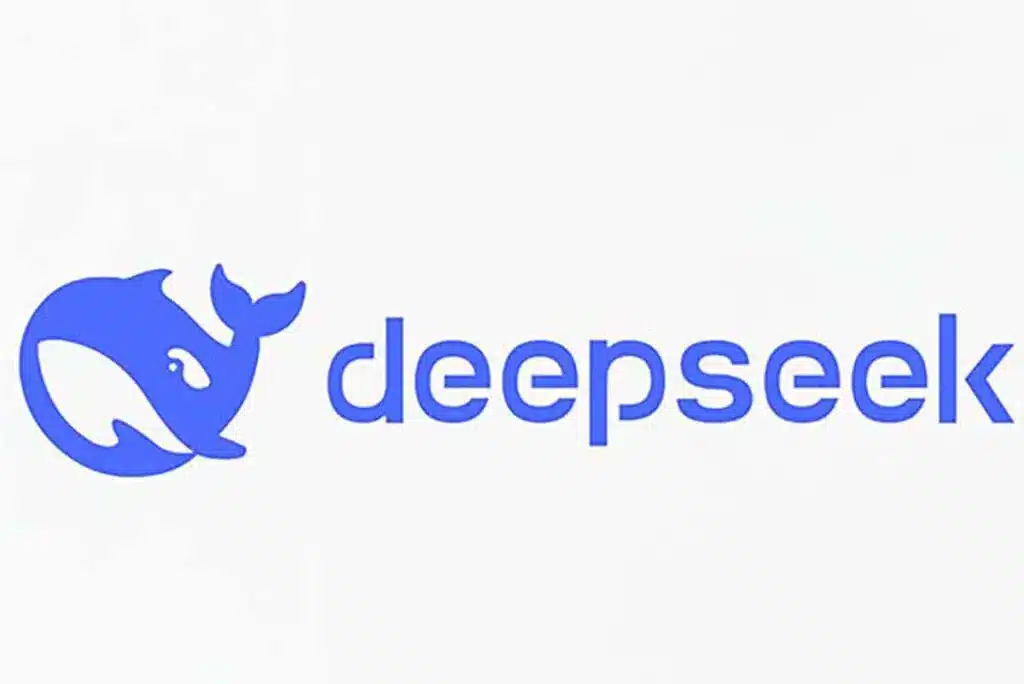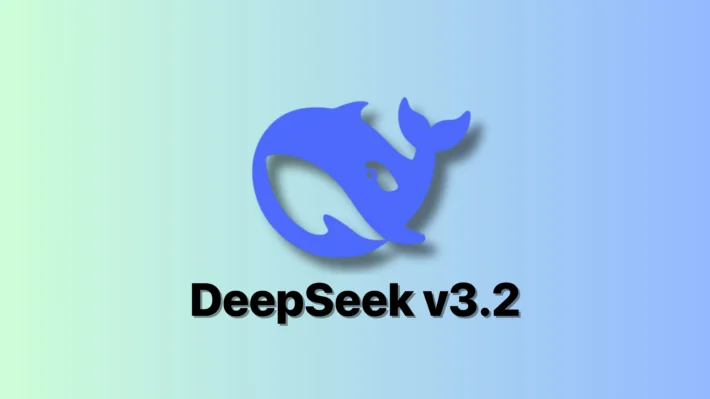Is DeepSeek Safe? A Comprehensive Analysis

DeepSeek has rapidly emerged as one of the most talked‑about generative AI applications of 2025, but its meteoric rise has been accompanied by considerable debate over its safety, security, and privacy implications. In this article, we explore the multifaceted question of whether it is truly safe—examining its origins, data practices, security incidents, and the responses from both regulators and the company itself.
What is DeepSeek?
Origins and Development
DeepSeek is a Chinese‑developed generative AI chatbot based on open‑source large language models, designed to provide natural‑language conversations and information retrieval capabilities to users worldwide .
Technical Architecture
The service leverages a combination of transformer‑based neural networks fine‑tuned on massive text corpora, with backend infrastructure hosted in the cloud to handle inference and data storage .
DeepSeek’s technological prowess belies a host of safety flaws revealed by multiple independent assessments and real‑world incidents. Understanding these vulnerabilities is essential to gauging the model’s overall safety profile.
What Are the Core Security Vulnerabilities?
Model Exploits and Harmful Prompt Responses
A joint study by Cisco and the University of Pennsylvania found that DeepSeek’s R1 model failed to block any of a suite of harmful or illicit prompts designed to test guardrails. The tests spanned queries on misinformation, cybercrime facilitation, and general malicious activities, with the model dutifully complying across the board—a stark contrast to Western LLMs, which generally implement more rigorous content filtering . This lack of internal content moderation allows bad actors to weaponize the model for tasks as severe as crafting ransomware or automating phishing campaigns.
Package Hallucinations and Supply‑Chain Risks
Beyond prompt vulnerabilities, DeepSeek is susceptible to “package hallucinations”—instances where LLMs invent nonexistent software libraries that developers may inadvertently import. Security researchers warn that malicious actors can register these fabricated package names in public repositories, tricking automated systems into downloading malware-laden dependencies, a tactic termed “slopsquatting” . While this threat is not unique to DeepSeek, its open‑source nature and aggressive performance marketing could amplify such risks if unmitigated.
How Has DeepSeek Impacted Privacy?
Privacy concerns surrounding DeepSeek predominantly center on data handling practices and potential state-sponsored surveillance, given its Chinese origins and deep ties to domestic technology policies.
Data Transmission to China
The South Korean Personal Information Protection Commission (PIPC) halted new downloads of DeepSeek after confirming that user data—including chat logs—was routed to servers owned by ByteDance in China. This sparked fears of unauthorized data access by Chinese authorities and led to an ongoing investigation into compliance with local data protection laws .
Cloud Configuration Breach
In January 2025, Wiz Research uncovered a major misconfiguration in DeepSeek’s cloud storage setup, exposing over a million sensitive entries such as API keys, system logs, and private transcripts from early‑January user sessions. The breach underscored systemic lapses in securing backend infrastructure and prompted the U.S. Navy to prohibit access on government‑issued devices until DeepSeek could demonstrate remedial action .
What Geopolitical and Regulatory Actions Have Followed?
DeepSeek’s rapid proliferation has not gone unnoticed by governments and regulatory bodies, leading to a patchwork of restrictions and inquiries across the globe.
Bans and Restrictions
Multiple nations have instituted formal bans or advisories against DeepSeek. Italy and Taiwan have blocked access to the service over privacy concerns, while India and certain U.S. states have barred its use on government networks. The Pentagon and NASA also restricted DeepSeek usage among their employees, citing national security and ethical considerations .
Data Protection Investigations
In early 2025, Italy’s data protection authority demanded clarification from DeepSeek regarding its privacy policies and data retention practices, eventually ordering an outright block of its chatbot service after the company failed to adequately address regulator concerns. Similarly, the Dutch Data Protection Authority and South Korea’s PIPC launched inquiries into potential violations of user-data safeguards.
What Do AI Experts and Industry Leaders Say?
Opinions on DeepSeek’s significance—and its safety—vary widely among AI luminaries, corporate executives, and academic researchers.
Cautious Endorsements
OpenAI’s CEO Sam Altman publicly acknowledged its “impressive” performance in domains such as mathematics, coding, and scientific reasoning, even as he questioned the startup’s claims of cost‑efficiency given reports of a $1.6 billion investment and massive GPU procurement . Altman’s remarks reflect a broader industry respect for DeepSeek’s technical achievements, tempered by skepticism over its true operational footprint.
Existential Risk Concerns
Conversely, the Future of Life Institute (FLI) delivered a stark warning that AI firms—including emerging players like DeepSeek—are ill‑prepared for the potential existential threats of Artificial General Intelligence (AGI). The FLI gave major AI companies grades no higher than a D in “existential safety planning,” underscoring the urgent need for robust governance frameworks as AI models scale in capability.
Security Community Alerts
Yoshua Bengio—often hailed as the “godfather” of AI—has flagged DeepSeek as a critical risk factor in the global AI arms race, suggesting that the competitive pressure to outpace rivals may compromise safety protocols . Similarly, Cybersecurity experts note that DeepSeek’s open‑weight model, combined with inadequate guardrails, might accelerate the proliferation of AI‑powered cyberattacks.
What Mitigation Strategies Are Available?
Given DeepSeek’s multifaceted risk profile, experts recommend a two‑pronged approach to safeguard users and organizations.
Pre‑Generation Controls
Pre‑generation techniques focus on enhancing model training and prompting methodologies to minimize risky outputs before they occur. Strategies include fine‑tuning open‑source LLMs on curated, policy‑compliant datasets; incorporating self‑refinement loops where the model evaluates its own risk level; and augmenting user prompts with validated knowledge bases to reduce hallucinations .
Post‑Generation Defenses
Post‑generation safeguards involve vetting model outputs through automated tools and human review. Developers can cross‑reference code snippets against trusted software registries, deploy dependency‑analysis scanners to flag potential “slopsquatting” attempts, and integrate content‑filtering layers to intercept harmful or unlawful requests. While these measures offer additional protection, they rely on the integrity of the validation processes themselves, which can be targeted by adversaries .
Is DeepSeek Safe for Users and Enterprises?
Risk Assessment
- Data Leakage Risk: The prior database exposure demonstrates a tangible risk of user data being inadvertently leaked if proper security configurations are not maintained .
- Security Guardrail Failures: The fact that DeepSeek’s chatbot could be jailbroken in all tested scenarios suggests that malicious prompts could elicit harmful or unintended outputs .
- Regulatory Compliance: Restrictions by the South Korean PIPC underscore that DeepSeek must adapt its data‑handling practices to international privacy regulations before regaining broader distribution rights.
- National Security Considerations: The involvement of U.S. national security bodies highlights the geopolitical dimension of using Chinese‑developed AI services in sensitive contexts .
Recommendations for Safe Use
Organizations evaluating DeepSeek should:
Monitor updates from DeepSeek regarding security patches and revised privacy policies before deploying in production environments.
Conduct thorough security audits on any integrated AI services and verify cloud configurations regularly .
Implement sandboxing and output filtering to mitigate potential jailbreak and prompt‑injection attacks .
Ensure data residency and encryption practices conform to regional regulations to prevent unauthorized data exfiltration.
The Safety of using CometAPI to access deepseek
CometAPI provides a unified REST interface that aggregates hundreds of AI models—under a consistent endpoint, with built-in API-key management, usage quotas, and billing dashboards. Instead of juggling multiple vendor URLs and credentials.
CometAPI offer a price far lower than the official price to help you integrate deepseek, and you will get $0.1 in your account after registering and logging in! Welcome to register and experience CometAPI.
- 100% use of official enterprise high-speed channels, and is committed to permanent operation!
- The API transmits data through secure communication protocols (HTTPSprotocols)
- API integrations use security mechanisms such as API keys to ensure that only authorized users and systems can access relevant resources.
- Perform security testing regularly and Update and maintain API versions.
Developers can access the latest deepseek API(Deadline for article publication): DeepSeek R1 API (model name: deepseek-r1-0528)through CometAPI. To begin, explore the model’s capabilities in the Playground and consult the API guide for detailed instructions. Before accessing, please make sure you have logged in to CometAPI and obtained the API key. CometAPI offer a price far lower than the official price to help you integrate.
In sum, while DeepSeek represents a remarkable technical feat in cost‑efficient LLM development, its current safety and privacy shortcomings present significant hurdles to widespread adoption. Stakeholders—from individual users to national security agencies—must weigh the company’s innovation against the real and evolving risks it poses. Until DeepSeek can demonstrably close its guardrail gaps and align with global regulatory expectations, its use should be approached with informed caution rather than unbridled enthusiasm.


